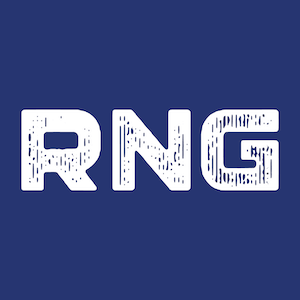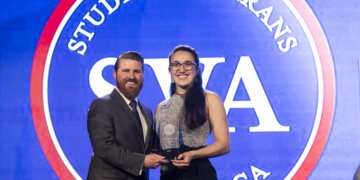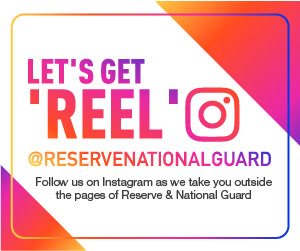by Janet Farley
D on’t let the warmer temperatures and longer days lull you into a false sense of career complacency.
A good job opportunity, whether you are actively seeking one or not, can pop up when you least expect it to. If that happens, you want to ready for it. Being ready means having a solid, updated resume ready to roll on a moment’s notice.
Fortunately, you don’t have to be a resume writing expert or shell out big bucks to have someone prepare one for you, either. With just a little guidance and minimal effort, prepping a competitive resume can be as easy as 1-2-3.
1. Pick the best format and outline the big pieces.
Resumes, like new cars, come in many different styles and models. With so many to choose from, selecting the right one can be overwhelming.
Let’s keep it simple by narrowing the field of options here and selecting one of two most often used formats.
Use a chronological format, one that presents your work history beginning with your most recent job and working backwards in time, when you:
- have a consistent work history that shows career progression and/or, you
- are seeking a position within the same industry you’ve been working in
Use a combination format, one that emphasizes your skills over your work history but still includes that history later in resume, when you:
- are changing career gears altogether, or when you
- want to emphasize more dated work experiences and skills or
- when you have gaps of employment you wish to deemphasize
After you’ve selected the format, begin to outline the big pieces.
Regardless of the format you’ve chosen, your outline will contain the following:
- a heading at the top of the page that includes your name, address, telephone number and email address.
- a Career Summary, positioned a couple lines under the heading, that gives the employer a brief overview of what you have to offer in about ten sentences or less.
- an Education and Training section, placed at the end of the resume. In either format selected, it will follow the Work History section.
Now, pay close attention here as things get a little different from here on out, depending on the format you selected.
If you selected the chronological format, the Work History follows the Career Summary.
To outline your Work History, jot down your most recent job titles, employer names, and from and to dates of employment for the work history period you wish to cover.
Keep in mind that chronological resumes typically cover the last five to seven years. As we’re just outlining now, leave a space after each job entry so you can go back and add in a work narrative later in Step 2.
If you selected the combination format, you will have an Areas of Expertise section, rather than a Work History after the Career Summary.
Here, you’ll need to select between three and five functional skill areas of yours that you most want to market to an employer.
For example, if you are seeking a job in human resource management and you have experience doing that already, then these skill headings might apply:
- Human Resource Management
- Training
- Work Force Development
- Personnel Policy Development
- Project Management
- Personnel Supervision
For now, pick out your main skill areas of expertise and jot them down. As we’re just outlining here, leave a space after each job entry so you can go back and add in a work narrative later in Step 2.
Next in outlining the combination format, you will include a Work History section, too.
Unlike the Work History in the chronological format, however, this Work History will only consist of one-liners showing your job titles, employers and from and to dates. That’s it. You won’t be adding any additional work narratives here because, theoretically, your Areas of Expertise section will have that detail covered.
2. Go back and fill in the blanks.
Once you’ve outlined your selected format, then you have a good idea of how it’s going to look when you’re done but don’t fool yourself here. You’re not quite done yet.
You need to fill in all those blanks.
Your Work Narratives
No matter which format you chose, you want to go back and include your work experiences and accomplishments, either in the Work History section of the chronological resume or in the Areas of Expertise section of the combination format.
As you do this keep in the mind the following:
- Resume sentences aren’t real sentences. They are fragments that avoid the use of personal pronouns. For example: Don’t say: I supervised ten payroll technicians. Do Say: Supervised ten payroll technicians.
- Keep what you choose to include on your resume relevant to the job you’re targeting. Everything should support that goal if possible.
- In the Work History section of the chronological resume, you can match the narrative with the job. Easy enough, right?
In the combination format, however, it’s a little different. As you create work narratives for your functional skill headings, you will combine and condense experiences and accomplishments from across your career history versus from only one job.
The Education and Training Entries
You’ll also need to populate the Education and Training section on either format selected, as well. Organize your academic and training entries together in this section consistently. For example:
- Certificate, Name of Course, Who Gave It, Year Completed
If you have an academic degree list that first, followed by most recent and relevant training you’ve completed. If you have multiple academic degrees, list the highest first.
Don’t make the mistake of listing every class you’ve ever taken. Only include the relevant and current ones.
If you have extremely military sounding course titles, you can also slightly translate them into English so that the reader will have a better understanding of the course content.
3. Proofread it.
You’re almost done! Hang in there. After outlining your resume and filling in all those blanks, it’s time to proofread it. You can do this or you can have another set of eyes do it for you. One or the other is good.
Both are better. As you do so, make sure:
- the information you’ve included on it is accurate (to include your contact information)
- there are no misspelled words
- you haven’t overstated or understated your abilities
There now. That wasn’t so hard, was it? When opportunity knocks, you’ll be ready. Yay you.
—Janet Farley is a freelance writer, a career consultant and the author of numerous books, most recently Military Life 101: Basic Training for New Military Families (Rowman & Littlefield, 2016).







































